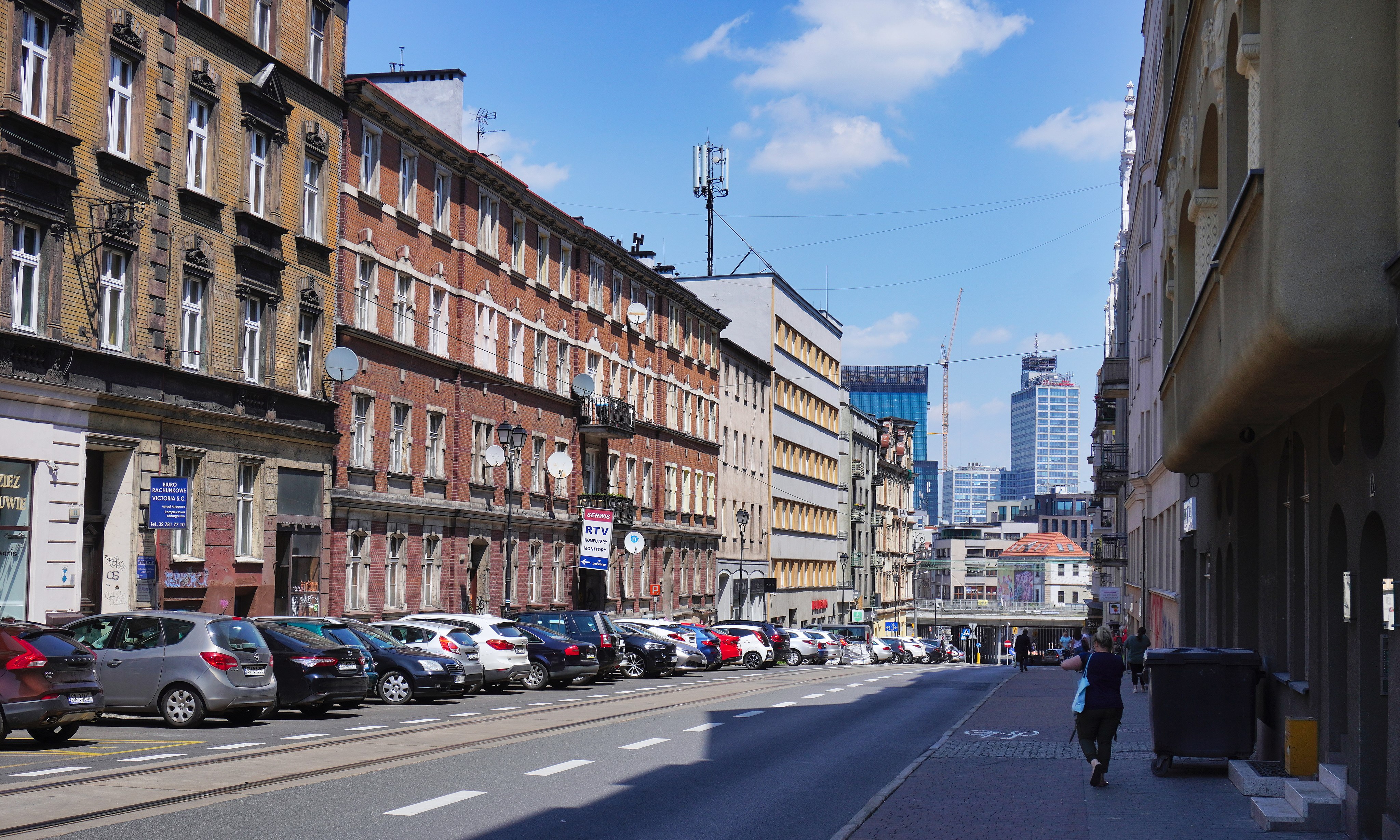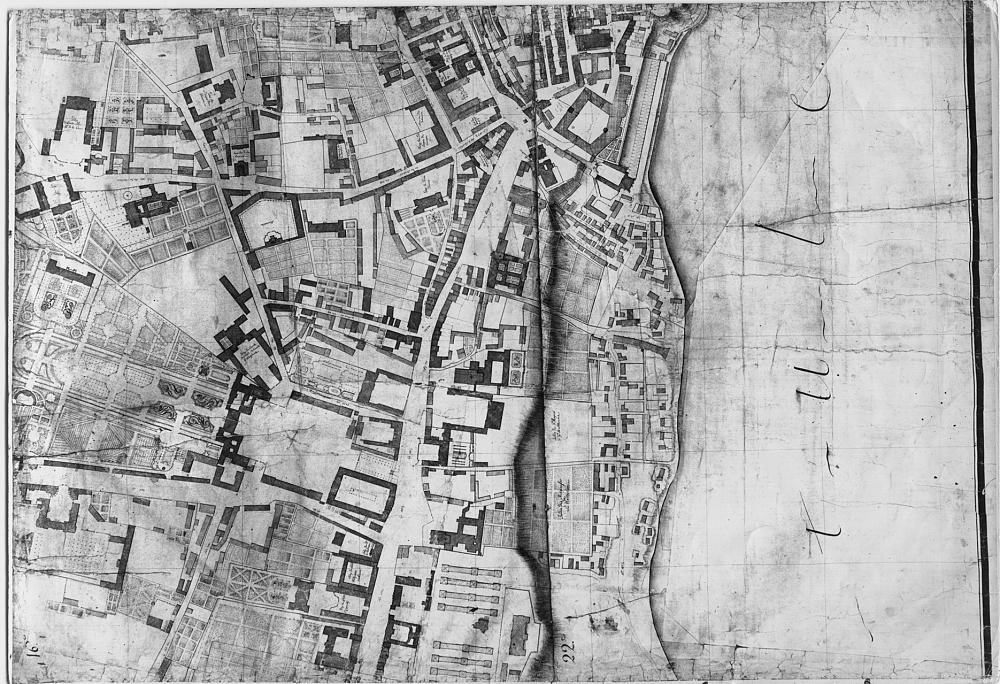Physical Address
304 North Cardinal St.
Dorchester Center, MA 02124
Physical Address
304 North Cardinal St.
Dorchester Center, MA 02124

New year, new ideas. Market Urbanism is proud to welcome Szymon Pifczyk as a new writer who will bring new perspectives to this ever-evolving blog. Szymon’s Polish-language Twitter handle is @sheemawn, which is a pronunciation clue. His English-language account is the popular @YIMBYPoland.
Here’s a short interview we conducted over email.

Salim: How did you become interested in cities?
Szymon: I became interested in cities at a very young age by being given a copy of SimCity 3000. When I was 11, SimCity 4 came out and I spent most of my teenage years building regions and cities. I still play that game sometimes. SimCity 4 had a very strong player community, both internationally and specifically in Poland, and most of the people there were a) much older and wiser and b) often urbanists or urban economists themselves. So SimCity was sort of a bridge to the non-gaming interest in cities, and I have to credit the amazing Forum Polskich Wie?owców (a subforum on Skyscrapercity) for expanding my horizons.

Salim: What cities have you lived in?
Szymon: I’ve lived in Katowice, Warsaw, Dublin (Ireland) and now I reside in San Francisco.
Salim: Really? Reading @YIMBYPoland, I always assumed you lived in Warsaw. Next question: if you could spend a year in a city you’d never visited, where would it be?
Szymon: There are so many places I would love to live in. I think Buenos Aires would be on top of my list but other strong contenders include Cape Town, Mexico City, Madrid and Tel Aviv.

Salim: You have a popular Polish-language Substack/Facebook blog, Kartografia Ekstremalna. What’s a good post for new readers to start with (thanks to the magic of machine translation)?
Szymon: There are way too many posts on Facebook to choose one in particular but on Substack, I think the first post in there could be interesting to readers of Market Urbanism [Google Translated here]. I cover the demographic decline of the area where I grew up and where my family still lives, what caused it, implications for the future and provide some shooting-the-moon ideas of how to stop or even reverse it. I think demographics doesn’t take as much of a central place in discussions about cities as it should. Cities of tomorrow will have to be completely different than cities of yesterday (and it often means more expensive to maintain) because of all the changes in demographics and family formation the world is undergoing.
Salim: Speaking of cities of yesterday, Warsaw has seen tremendous ups and downs over the years. Looking back before 1900, which century has left the best legacy in urban form?
Szymon: This is a very hard question to answer, particularly because Warsaw wasn’t a particularly big city before 1900. But if I were to pick a century, I’d probably pick the 18th century, when some of the most-important urban designs of Warsaw (like the Saxon Axis) were laid out, and they continue to be preserved today.
Salim: Thanks! We look forward to learning much more about Polish cities – or Dublin and San Francisco, for that matter.
